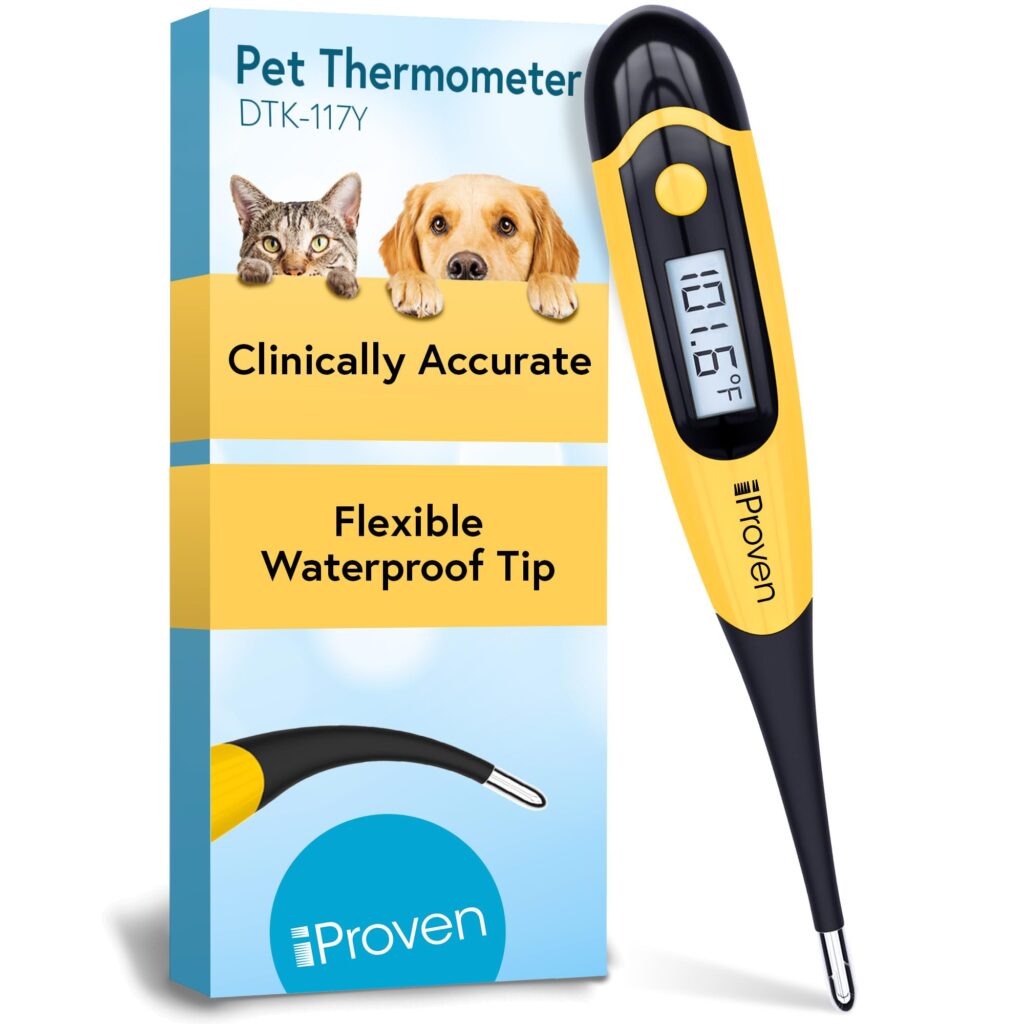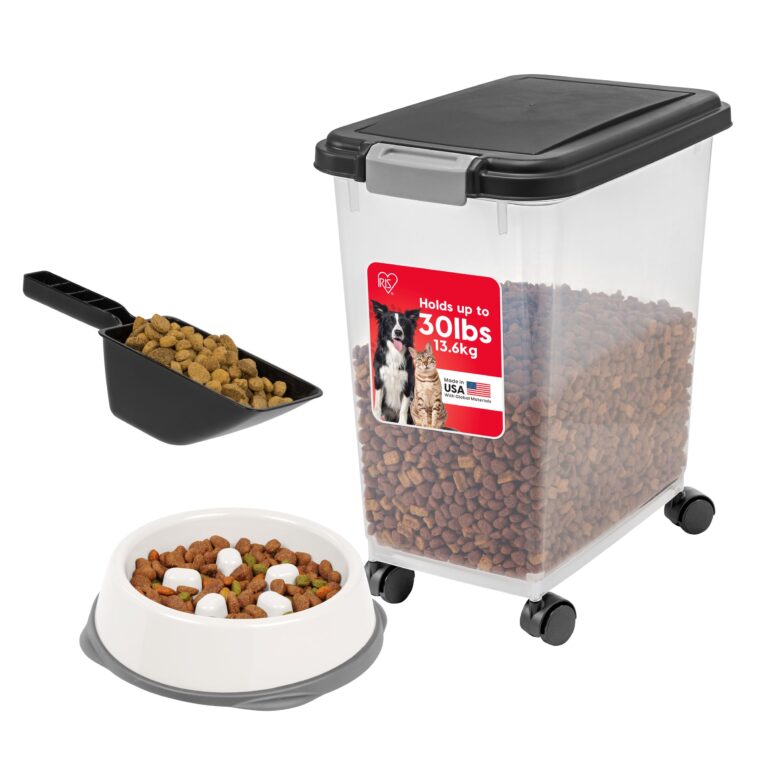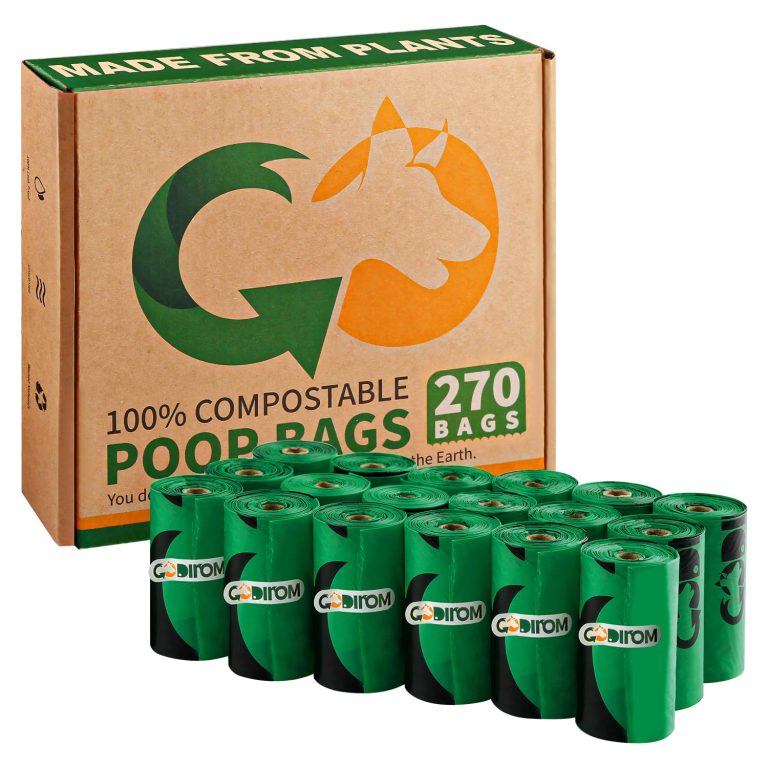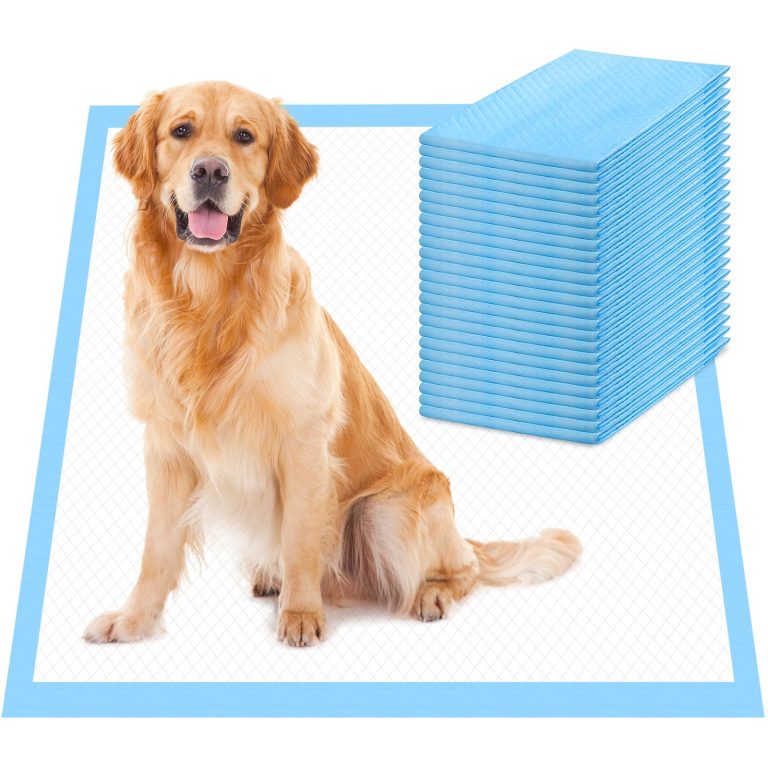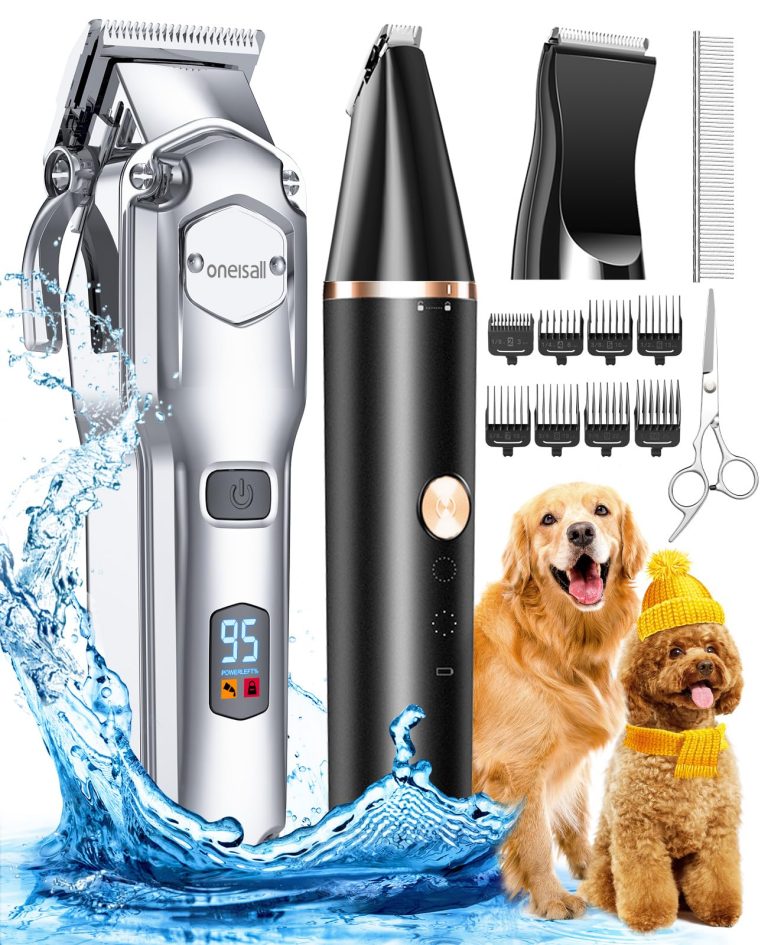Avoiding Food Allergies: Hypoallergenic Dog Food Options
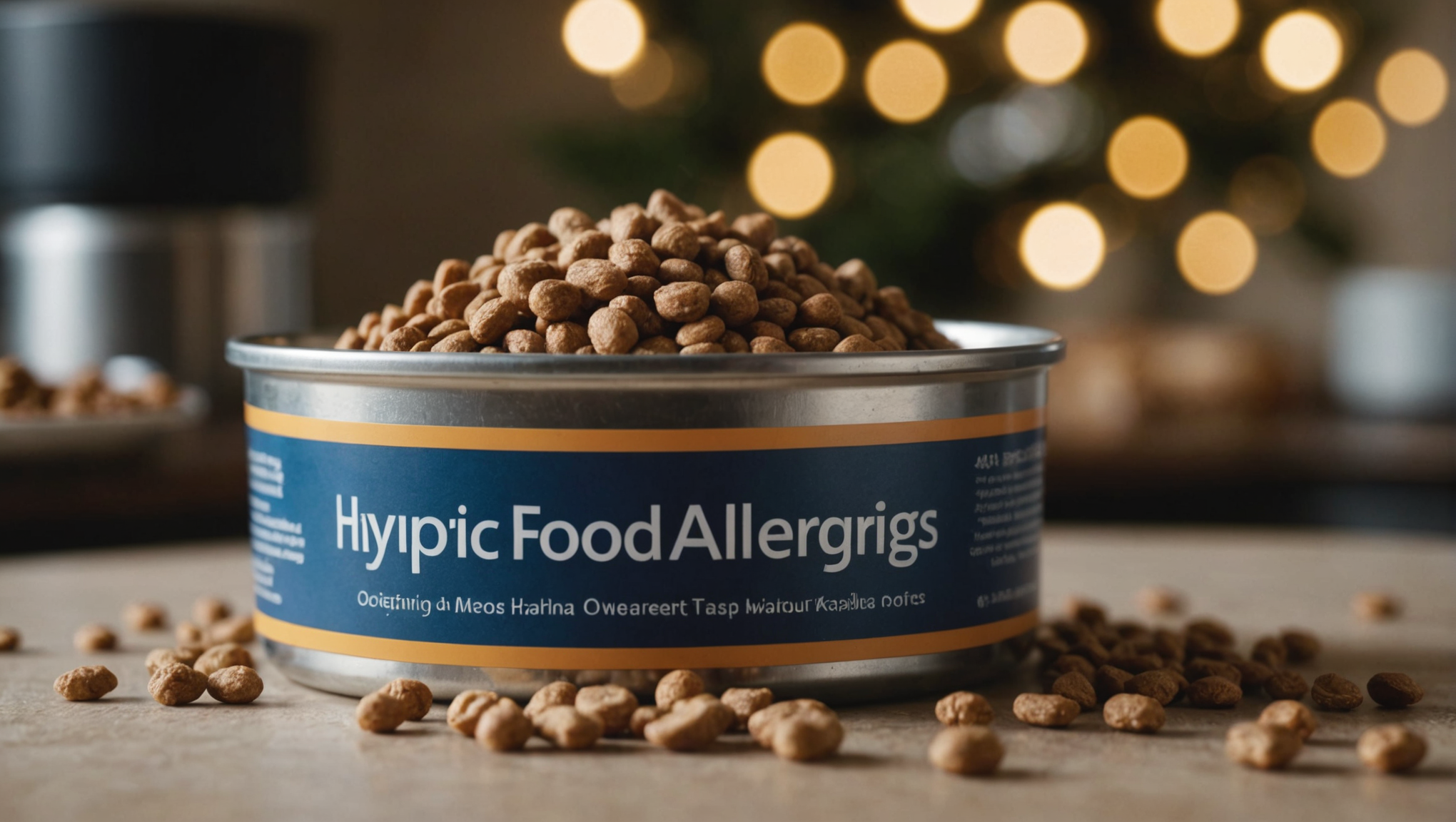
Food allergies in dogs, while often misunderstood, are a significant concern for a high number of pet owners and can manifest in various forms, leading to discomfort and distress for our canine companions. Unlike food intolerances, which can produce digestive disturbances without involving the immune system, true food allergies are characterized by an inappropriate immune response to specific proteins or carbohydrate components contained in a dog’s diet. Typically, this condition arises when the immune system mistakenly identifies these ordinarily harmless substances as threats, thereby triggering an array of symptoms. These can include itching, chronic ear infections, gastrointestinal disturbances, and even behavioral changes due to the discomfort associated with their condition.
It’s essential to recognize that food allergies are relatively rare, with estimates suggesting that they account for only about 10% of all allergy cases in dogs. In most instances, environmental allergens, such as pollen or dust mites, lead to sensitizations. However, among purebred dogs—particularly those with predispositions such as Retrievers, Boxers, and Dachshunds—the incidence of food allergies may be higher. The most common culprits include beef, dairy, wheat, chicken, lamb, soy, and eggs, but any protein source can potentially trigger allergies, requiring pet owners to maintain vigilance and flexibility in dietary planning.
When it comes to diagnosing food allergies, the journey often involves a meticulous process that necessitates the collaboration of veterinarians and pet owners. A thorough history, observation of symptoms, and an elimination diet—where potential allergens are removed from the diet for a minimum of eight weeks—are crucial steps. Following this restriction, specific proteins can be reintroduced one at a time to identify the triggering ingredients definitively. A key aspect of this process is to ensure that all family members are informed to prevent accidental feeding of allergens.
In addition, general canine nutrition must not be sidelined during the exploration of food allergies. A balanced diet is intrinsic to supporting a dog’s immune system and overall health. When considering hypoallergenic options, it is imperative to ensure that the diet meets all nutritional needs based on the dog’s age, breed, and lifestyle. Puppies, for example, require diets rich in protein and fat for optimal growth, while senior dogs may benefit from lower calorie formulations to prevent obesity and associated health issues.
Homemade diets can sometimes be an appealing route for pet owners seeking to manage allergies more effectively. However, crafting a nutritionally complete and balanced homemade diet involves considerable knowledge and understanding of canine nutrition. It very important to ensure that any homemade regimen is supplemented appropriately with vitamins and minerals, as a deficiency could lead to long-term health complications. Consulting with a veterinary nutritionist can provide essential guidance in building a wholesome and safe diet tailored to the dog’s specific needs.
Through a combination of awareness, careful dietary management, and, when necessary, collaboration with veterinary professionals, pet owners can navigate the complexities of food allergies in dogs, ensuring their furry companions thrive in health and happiness, free from the discomfort that allergies can so frequently impose.
Identifying hypoallergenic ingredients
Identifying hypoallergenic ingredients involves a nuanced understanding of canine nutrition, meticulously considering not only the avoidance of known allergens but also the incorporation of diverse, nutrient-rich components that promote optimal health. Dog owners venturing into this realm should focus on proteins that are less likely to provoke allergic reactions, such as fish, rabbit, or venison, as they’re not as commonly found in conventional dog foods. These proteins serve as excellent alternatives not just for their hypoallergenic qualities, but also for their digestibility and palatability. Many commercial hypoallergenic diets exploit laboratory-hydrolyzed proteins, where the allergenic components are broken down into smaller, less recognizable structures, thus circumventing the immune response completely.
When delving into carbohydrates, bright options like sweet potatoes and peas can replace grains such as wheat, which is known to trigger allergic reactions in sensitive dogs. Ensuring that these alternative carbs are not only enriching but also palatable is vital, as even the most beneficial ingredients will fall flat if your dog refuses to eat them. Emphasizing fiber sources like pumpkin or beet pulp can aid in maintaining digestive health, an essential factor when considering the interplay between diet and overall wellness.
Moreover, fats play an important role in a hypoallergenic diet as they contribute to healthy skin and coat, critical for dogs that may experience adverse reactions. Omega-3 fatty acids, particularly from fish oils, can promote anti-inflammatory effects, providing comfort and nourishment to dogs suffering from skin-related allergies or sensitivities. It’s paramount to incorporate high-quality fats into their diets, steering clear of unhealthy fillers that could exacerbate existing issues.
As we explore ingredients, the source and quality cannot be overstated; sourcing from reputable manufacturers who prioritize ingredient transparency ensures that dog owners can make informed dietary choices for their companions. Notably, some brands offer single-source protein options, intentionally crafted to minimize risk while satisfying nutritional requirements. In this regard, grains such as oats or quinoa can sometimes be beneficial if they align with the dog’s tolerances; however, careful testing and gradual introduction remain critical to avoid accidentally unleashing a furor of adverse reactions.
For those inclined towards homemade diets, the process of selecting hypoallergenic ingredients can become even more rewarding, albeit complex. It empowers owners to personally oversee each component included in their dog’s meals, fostering a unique bond while combating allergies. To assemble a well-rounded diet, integrating a variety of proteins, vegetables, and starches while meticulously noting responses to each type will provide valuable insight. Prevalent food items like pumpkin, zucchini, or green beans can be seamlessly introduced, alongside lean meats, to formulate a wholesome and captivating dish. Yet, this approach warrants a cautious attitude; balancing proteins with adequate vitamins and minerals through supplements or specific food sources especially important to avoid nutritional deficiencies, which can inadvertently lead to their own health problems.
A meticulous selection of hypoallergenic ingredients, coupled with a thoughtful understanding of the intricate balance of canine nutritional needs, serves as the foundation for building diets that cater to your dog’s specific sensitivities. Through an informed approach to dietary choices—whether opting for commercial or homemade solutions—pet owners can ensure their pets enjoy both health and satisfaction at every meal.
Top hypoallergenic dog food brands
In the context of hypoallergenic dog food options, several brands have emerged as leaders, employing innovative formulations that prioritize both culinary integrity and nutritional efficacy. These brands harness the potential of novel proteins, wholesome carbohydrate sources, and essential fatty acids, designed specifically to mitigate or entirely circumvent adverse allergic reactions while still ensuring that dogs derive all requisite nutrients for their well-being.
One such prominent brand is **Royal Canin**, which offers specialized diets that utilize unique protein sources like duck or rabbit to reduce the likelihood of triggering allergic responses. Their ingredients undergo thorough vetting and quality control, providing pet owners with the assurance that they’re feeding their dogs scientifically formulated meals tailored to specific dietary needs, such as skin sensitivities and digestive health.
Another notable contender in the hypoallergenic arena is **Hill’s Prescription Diet**. Renowned for their veterinary-exclusive options, Hill’s harnesses the power of hydrolyzed protein to create formulas that diminish the potential for allergic reaction, rendering them suitable for dogs with established food sensitivities. The precision in their ingredient selection reflects the company’s commitment to addressing the unique health challenges posed by food allergies.
**Blue Buffalo** also maintains a strong footing in the hypoallergenic market with its **Life Protection Formula** featuring a limited ingredient diet. The emphasis on high-quality proteins, such as fish or venison, combined with wholesome vegetables like sweet potatoes, provides a comprehensive nutritional profile that supports not just allergy management but overall vitality and resilience. Their dedication to excluding common allergens while delivering premium nutrition is visible in their ingredient sourcing and clear labeling.
For those leaning towards grain-free options, **Merrick** provides a tantalizing selection of grain-free recipes that prioritize real meat as the primary ingredient. Their formulas incorporate ingredients such as sweet potatoes, peas, and flaxseed, which collectively contribute to a balanced diet while avoiding traditional allergens like wheat and corn. Their commitment to transparency—coupled with their strong focus on protein-rich content—enhances the allure for pet owners concerned about allergies.
In the sphere of niche dietary solutions, **Canidae** offers its **Grain-Free Pure Limited Ingredient Diets** that utilize just eight key ingredients, allowing for easy identification of potential allergens. This simplicity is advantageous for pet owners engaged in the meticulous process of managing their dog’s dietary issues, while still ensuring they receive complete and balanced nutrition through carefully chosen, readily digestible components.
As the market for hypoallergenic dog foods expands, innovative brands like **Nutrish** by Rachael Ray have caught the attention of conscientious pet owners seeking the best for their dogs. Nutrish champions the use of natural ingredients, steering clear of artificial preservatives and fillers that could trigger sensitivity. They emphasize real meat, nutrient-rich veggies, and blends enriched with omega fatty acids, thereby enhancing skin health while fostering a thriving coat, essential for dogs struggling with allergies.
Notably, transitioning to hypoallergenic dog foods requires sensitivity and patience; this journey is not merely about replacing one commercial diet with another. Observing a dog’s response to new foods is paramount, as it affords insight into individual preferences and tolerances, which can vary significantly among breeds and life stages. A gradual introduction—where new food is mixed with the previous diet over the course of several days—will not only ease potential digestive upset but also allow for careful monitoring of any emerging reactions.
Ultimately, when selecting a hypoallergenic diet, the goal remains steadfast: to provide dogs with nourishing, satisfying meals while skillfully avoiding allergens that underpin their health concerns. The synergy of quality ingredients, thoughtful formulations, and an attentive owner’s approach lays the groundwork for a healthier, happier life for dogs, fostering a bond that strengthens through shared meals free from discomfort.
Tips for transitioning to hypoallergenic diets
Transitioning to a hypoallergenic diet for dogs is a process that requires both sensitivity and diligence, ensuring that the change not only accommodates existing food allergies but also maintains the integrity of the canine’s overall health. It especially important to approach this transition thoughtfully, as abrupt dietary changes can lead to gastrointestinal disturbances, further complicating an already sensitive situation. A gradual introduction of the new hypoallergenic food will help mitigate potential digestive upset while allowing your pet to acclimate to the new flavor profiles and textures.
When initiating this transition, it is advisable to begin by blending a small amount of the new hypoallergenic food with the dog’s current diet, gradually increasing the ratio of the new food over the course of seven to ten days. This method allows the canine system to adjust while minimizing any negative reactions that abrupt changes can invoke. For instance, during the first few days, you might start with a mixture of 75% old food to 25% new food. Observing your dog’s response closely during this period is essential; any signs of distress such as vomiting, diarrhea, or skin irritations should prompt a reevaluation of the transition plan.
One of the pivotal aspects of adopting a hypoallergenic diet lies in being attentive to your dog’s individual responses. Dogs, like humans, exhibit unique reactions to various ingredients, and what works for one dog may not work for another. Maintaining a food diary can be an invaluable tool during this adjustment phase. By documenting each meal, the ratios of old to new food, and any behavioral or physical changes observed, pet owners can gain a clearer understanding of their dog’s preferences and tolerances. This meticulous attention can help correlate specific ingredients to positive or negative health outcomes, informing future dietary choices.
In some cases, even with careful management, it may become necessary to experiment with different hypoallergenic options if initial attempts do not yield the desired results. Working with a veterinary nutritionist can offer insights into optimizing the diet for your dog’s unique needs. They can help determine whether a different protein source, carbohydrate, or fat component would be more beneficial. Sometimes, it is beneficial to cycle through various hypoallergenic formulations to ascertain the ideal balance of nutrients that not only satisfies the dog’s dietary restrictions but also supports their overall wellbeing.
For those considering homemade hypoallergenic diets, transitioning can be customized to an even greater degree. Crafting meals yourself allows for complete control over ingredients, but it requires a comprehensive understanding of nutritional balance. Suppose you opt to prepare meals at home. In that case, it’s wise to delve into the intricacies of canine nutrition to ensure that your canine companion receives all the essential vitamins and minerals necessary for their health. Resources such as the Association of American Feed Control Officials (AAFCO) can serve as guides for determining the nutritional adequacy of homemade dog diets.
Moreover, introducing novel protein sources should be done methodically. Incorporating ingredients like rabbit or fish as primary protein sources can provide excellent hypoallergenic options. Equally, diversifying the types of vegetables and starches added to the diet can enhance palatability and nutritional value. While sweet potatoes, peas, or even greens like spinach can be suitable choices, they should be introduced one at a time to monitor for any adverse reactions, ensuring a tailored approach that respects the dog’s sensitivities.
Encouraging hydration during this transition cannot be overlooked. Providing continuous access to fresh, clean water is vital, particularly during dietary adjustments and in cases where digestive upset may lead to dehydration. Furthermore, making sure that the hypoallergenic food is of high quality—rich in essential nutrients while devoid of fillers or artificial additives—will also encourage acceptance and prevent potential complications associated with lower-quality ingredients.
The pathway to a successful transition to hypoallergenic dog food is paved with patience, knowledge, and careful observation. By adopting a phased approach, documenting responses, and remaining flexible in choices, pet owners can support their dogs in navigating dietary allergies effectively. With commitment and informed decision-making, the journey toward a hypoallergenic lifestyle can open doors to improved health and enhanced quality of life for beloved canine companions, fostering notably deeper bonds borne from mutual understanding and care.

